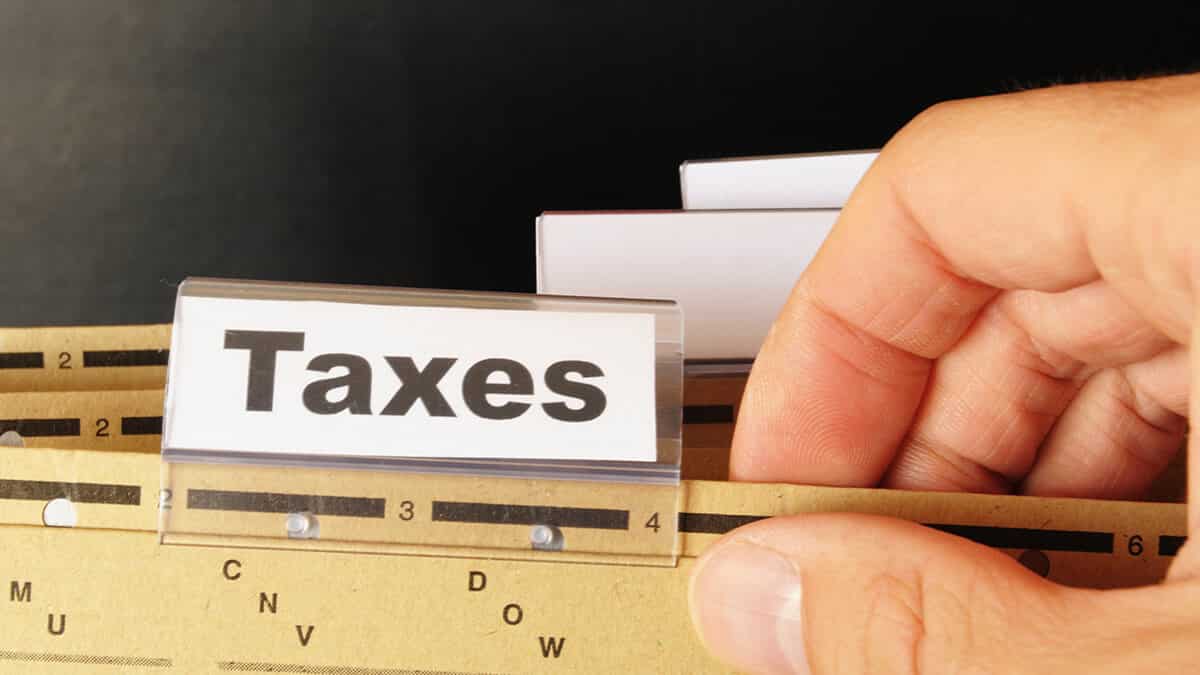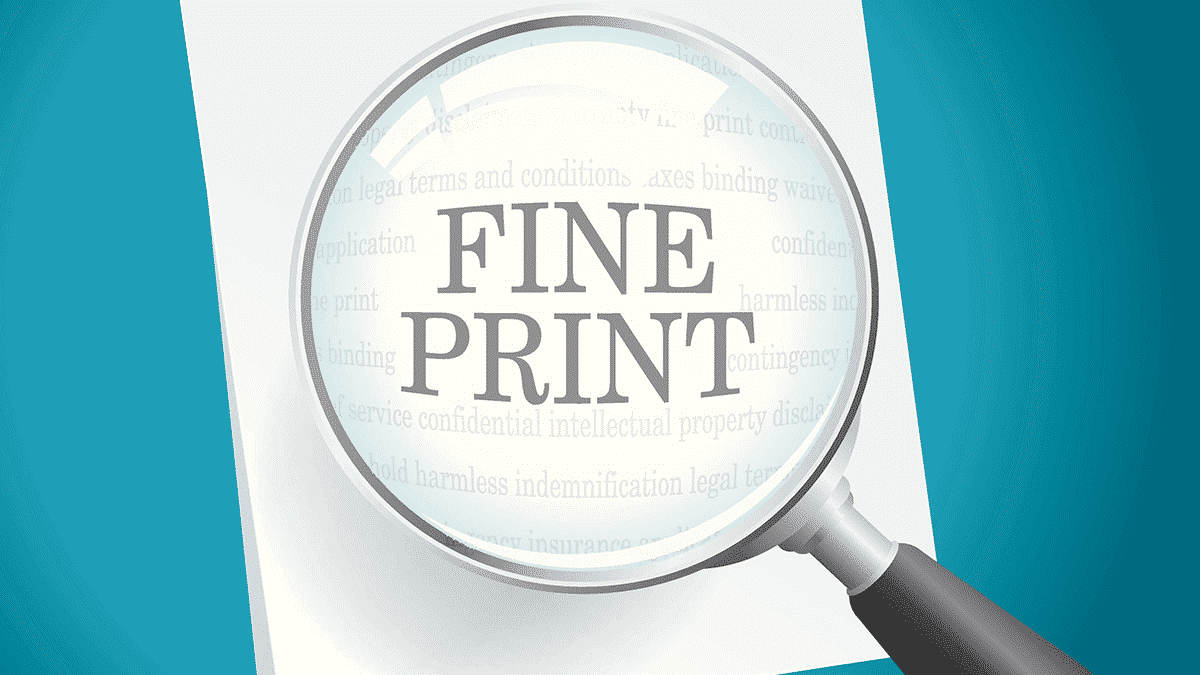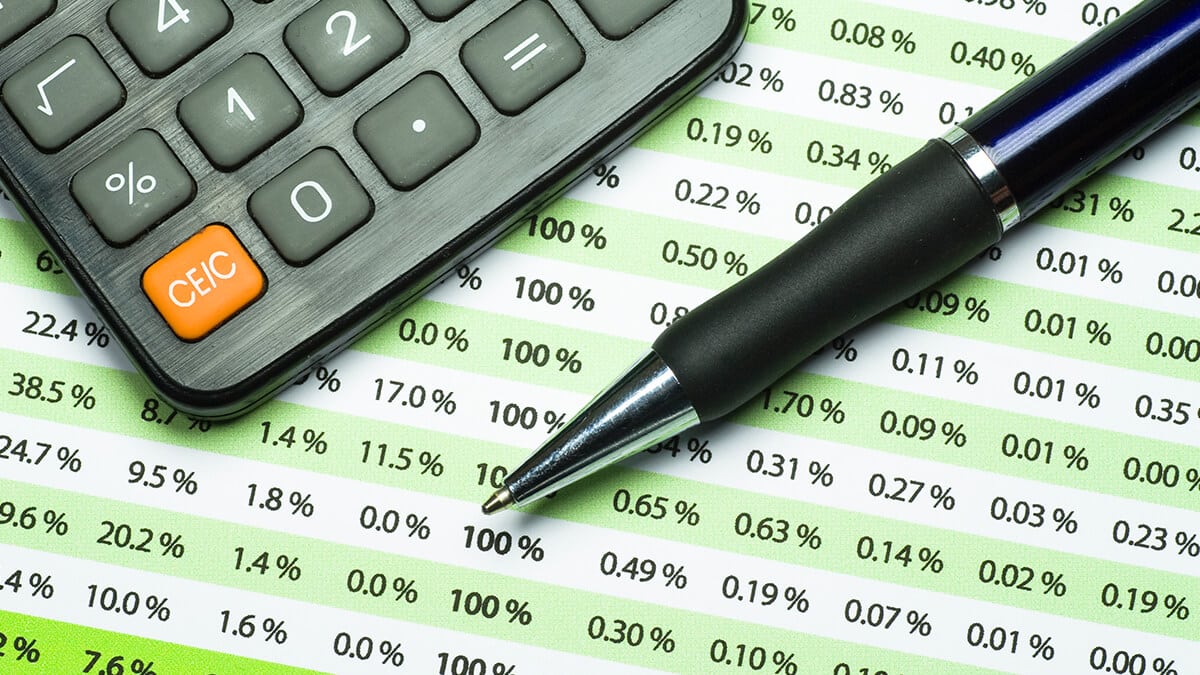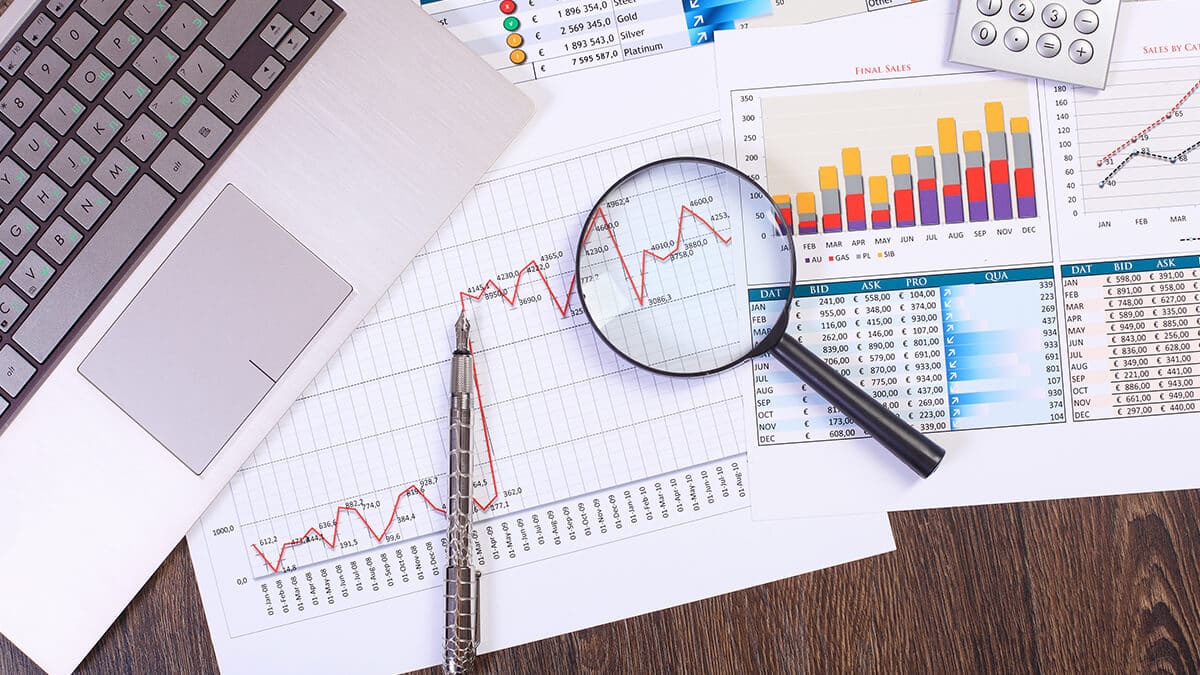In this guide
Simply put, superannuation (or super) is money you put in a super fund while you are working to provide income later in life when you retire. Given the average Australian can expect around 20 years of retirement, and the Age Pension is designed to provide only the most basic needs, the more you can save now the more comfortable and enjoyable your retirement years will be.
For most working-age Australians, super is a right. If you are aged over 18 and are regarded as an employee for tax purposes, your employer must pay money into a super account in your name, which is then managed by a super fund.
This is called the Superannuation Guarantee (SG) and employers are legally bound to contribute 11.5% of your gross income (for 2024–25, rising to 12% for 2025–26 and beyond), including bonuses, commissions and loadings.
If you are under 18 or classified as a private or domestic worker (like a nanny), you must work for your employer more than 30 hours a week to qualify for SG payments.
You can also make voluntary, personal contributions to further boost your savings. For the self-employed, super is entirely voluntary.
How did we get here?
Super may seem like part of the financial furniture, but it hasn’t always been that way. The introduction of compulsory super back in 1992 changed the savings and investment landscape in ways few could have imagined.
By December 2023, Australians had $3.7 trillion invested in super, making Australia the fifth largest holder of pension assets in the world. What was once a privilege restricted to managers, professionals and public servants now enjoys near universal coverage among employees, though coverage still lags for women and the self-employed.
Younger Australians will also have the benefit of higher employer contributions from the start of their working lives. The SG, originally set at 3%, rose to 9% in July 2002, 9.5% in July 2014, 10% in July 2021 and 0.5% each financial year since then. The rate will reach its final legislated rate of 12% in 2025–26.
This has done two things. For many people, super is their largest financial asset outside the family home, which ought to be a compelling reason to take more interest in it. The average account balance at retirement (age 60–64) was $402,838 for men in June 2021, and $318,203 for women, even though this age group has not enjoyed the benefit of compulsory super for their entire working life.
At the national level, it has created a pot of gold that attracts powerful vested interests and a temptation for successive federal governments to tinker with the rules.
To get the most out of your super, you need to keep your wits about you, but the benefits are worth it.
A win-win
Once your money is inside super, it’s locked away for decades until you retire or reach another condition of release (see ‘When can I access my super?’ below). That may seem overly restrictive, but it allows compound interest and time to create a substantial nest egg.
The reward for your patience is that your super contributions and investment earnings inside super are taxed at concessional rates and you can withdraw your savings tax free in retirement, unless you’re a member of an untaxed fund. It is also a win for the government, as the more we save for our own retirement the less it needs to spend on the Age Pension and other welfare benefits in the future.
Putting money in
If you are aged over 18 and are regarded as an employee for tax purposes, then your employer must make SG payments to your super fund on your behalf. The SG requires your employer to contribute the set percentage of your gross income including bonuses, commissions and loadings but not overtime.
As always with super, there are exceptions:
- If you are under 18 or working as a private domestic capacity (such as a nanny or housekeeper) you must work at least 30 hours a week to be eligible for SG
- The maximum amount of SG that employers must pay to high-income earners is capped at quarterly income of $65,070, which translates to maximum quarterly SG of $7,483.05 ($29,932.20 per year).
In most cases, employees can choose their own super fund. There may be exceptions though, such as where you are a member of a defined benefit fund that meets certain conditions, or you work in the public sector.
Choosing a fund
When you choose a fund you also get to choose how your super is invested. Most big funds offer an investment menu of pre-mixed portfolios with varying risk/return profiles, ethical or sustainable options and the ability to invest directly in shares and exchange traded funds.
If you don’t choose a fund when you start a new job your employer will contribute to your ‘stapled fund’ which is usually the fund that has most recently received contributions for you. If you don’t already have a super fund and don’t make a choice, your employer will put you into a ‘default’ fund they choose for you. Your money will be invested in a MySuper account with low fees and simple features.
Is the Superannuation Guarantee enough?
The compulsory nature of these employer-funded payments takes the pain out of saving for many Australians, but it can also encourage a sense of complacency. Super is often out of sight, out of mind, especially for younger workers who still have up to 40 years until retirement.
According to Grattan Institute modelling, most people today – whether they are already retired, still working or just entering the workforce – can expect annual retirement income of more than 70% of their pre-retirement income, the benchmark set by the OECD for a comfortable standard of living in retirement. In fact, some low-income workers stand to be better off in retirement due to a combination of the Age Pension and their super entitlements.
Of course, comfortable means different things to different people, so everyone needs to set their own retirement income target and work out how much super they will need to fund it.
The picture is not so rosy for people who entered the workforce before 1992, had time out of the workforce or who have been self-employed and not made regular super contributions equal to around 10% of their gross income. If this is you, it’s likely you will need to make additional contributions to super to fund a comfortable standard of living in retirement.
The government tacitly acknowledges this retirement savings shortfall with tax concessions for voluntary contributions, but its generosity has limits. There are two contribution caps, based on whether you make contributions from before-tax or after-tax income.
Concessional (before-tax) contributions
Concessional contributions are amounts paid into your super fund on a pre-tax basis. The term ‘concessional’ is used because you pay contributions tax on money going in at the concessional rate of 15% (or zero in an untaxed fund), rather than paying tax at your marginal rate.
The maximum amount you can contribute at the concessional 15% rate is currently $30,000 a year. This includes employer contributions, salary sacrifice and any voluntary personal contributions for which you claim a tax deduction. If you split your pre-tax contributions with your spouse, they are still counted towards your concessional cap.
Under the carry-forward rule, from 1 July 2018 you can carry forward unused concessional contributions for up to five years. This provides an opportunity for pre-retirees, or anyone who has not used up their whole cap in prior years, to play catch-up and make additional super contributions above the usual annual cap at concessional rates. To take advantage of this, your total super balance must be under $500,000 on 30 June in the year before you make any additional contributions.
Non-concessional (after-tax) contributions
Non-concessional contributions where no tax deduction is claimed are capped at $120,000 a year (up from $110,000 prior to 1 July 2024). This includes after-tax contributions made by you, your employer or your spouse. No contributions tax is paid on your money going in, but any excess contributions must be withdrawn from the fund and their deemed earnings will be added to your taxable income. If you don’t withdraw the excess, it is taxed at 47%.
You may be able to make additional contributions above the $110,000 annual cap under the bring-forward rule (not to be confused with the carry-forward rule mentioned earlier). If you are aged under 75, you can contribute up to three times the annual non-concessional cap in a single year.
Super housing measures
In the 2017 Federal Budget, two special measures were introduced to help ease the housing affordability crisis. The First Home Super Saver Scheme and the downsizer measure have since been amended to increase their appeal and eligibility respectively.
The First Home Super Saver Scheme (FHSSS) allows you to make voluntary concessional or non-concessional contributions to your super to save towards buying your first home. From 1 July 2022, the amount an individual can save this way increased from up to $30,000 to up to $50,000, so a couple could potentially save $100,000 in a tax-effective environment. There is quite a bit of red tape around this measure so be sure to read the fine print.
At the other end of the housing spectrum, from 1 January 2023, if you are 55 or older (down from 60 between July and December 2002 and 65 previously) you may be able to make a downsizer contribution to your super of up to $300,000 from the proceeds of selling your home. Unlike most other super contributions, there is no upper age limit.
Downsizer contributions don’t count towards your concessional or non-concessional contribution caps. However, they do count towards the transfer balance cap when you shift your super savings into retirement phase. In addition, it can only be used once, you must have owned the property for at least ten years, it is not tax deductible, and it will count towards your eligibility for the Age Pension.
Growing your savings inside super
A friend recently told me she didn’t want to put extra cash into her super fund because super is too risky. It’s a common misconception that super is an asset or investment class of its own that moves independently of other assets. It’s not.
A super fund is best imagined as a structure that holds your savings in a range of investments until you retire. You could hold the same portfolio of shares, property, bonds, cash and other investments inside a super fund or outside super in your own name or in some other structure such as a family trust. These investments, whatever the ownership structure, earn income in the form of dividends, rent or interest and produce capital gains or losses when they are sold.
The thing that sets super apart is its taxation status; despite constant government tinkering it is still the most tax-effective home for retirement savings. That and the length of time your savings are left to grow in super generally produce a better return on your money in the long run than you would earn if you invested in comparable investments outside super.
Tax on investment earnings
Investment earnings inside your super fund are taxed at a maximum rate of 15%. If your fund holds Australian shares with franked dividends, then your fund will pay less than 15% tax on those earnings. So, anyone on a marginal tax rate above 15% will pay less tax on their investment returns in super than they would if they held the same investments outside super.
Capital gains on the sale of assets inside super are also taxed at concessional rates. If the investment has been held for more than 12 months, the fund only pays tax on two-thirds of the capital gain at a rate of 15%. That’s an effective capital gains tax of 10% (two-thirds of 15%). If you held the same investment outside super for more than 12 months, you would pay tax at your marginal rate on half the capital gain, or an effective tax rate of up to 23.5% for people on the top marginal rate of 47% (including Medicare levy).
These are the tax rates that apply to investment returns inside super during accumulation phase. That is, while you are working and accumulating savings in super to be used in retirement.
Once you transfer your savings to a retirement income stream your super is said to be in retirement phase, previously known as pension phase. You generally pay no tax on investment income or capital gains from super pensions, but there are exceptions.
From 1 July 2017, investment returns on the assets underlying a transition-to-retirement (TTR) pension are taxed at 15%, just as they are in a super accumulation account. Previously they were tax free.
When can I access my super?
Generally, you need to wait until you reach age 60, which is the current preservation age. Once you are 60, you may start a transition-to-retirement pension if you have not stopped working or gain unrestricted access to your super if you have retired or reached age 65. Super offers generous tax concessions in return for ‘preserving’ your nest egg. The only exceptions are in cases of financial hardship, disability, terminal illness, funds required for expenses that meet the requirements for a compassionate release or death.
People who had money in super before 1999 may also have some ‘unrestricted non-preserved’ benefits they can withdraw at any time.
Taking money out of super
When you reach age 60 (or more) and retire you can withdraw your savings and accumulated earnings in a lump sum, as an income stream from a super pension or a mix of the two.
Withdrawals from taxed funds are tax free for people aged at least 60. Higher rates of tax apply to untaxed funds and when withdrawals are made by younger people (such as under financial hardship release).
If you decide to use a super pension, you may transfer up to a maximum of $1.9 million (known as the transfer balance cap) into a pension account. In the most common account-based pensions you must withdraw a minimum amount each year based on your age and account balance (see table below). There is no maximum withdrawal amount, although most retirees tend to err on the side of caution for fear their money will run out.
There are other types of income streams you can purchase with your super that offer different features, like a guaranteed income for life.
Minimum pension payment percentages by age
| Age of beneficiary | Percentage factor |
|---|---|
| Under 65 | 4% |
| 65 to 74 | 5% |
| 75 to 79 | 6% |
| 80 to 84 | 7% |
| 85 to 89 | 9% |
| 90 to 94 | 11% |
| 95 or more | 14% |
Source: SIS Act
Source: SIS Act
If you reach age 60, are under 65 and still working, you may be able to withdraw a portion of your super as a transition-to-retirement (TTR) pension. A TTR pension could provide additional income to make it affordable for you to reduce your working hours in the lead up to retirement or could allow you to maintain your income while saving tax and building more super thanks to tax savings on super withdrawals and contributions.
If you have more than $1.9 million in super, or just don’t want to use your whole balance as a lump sum or pension, you can leave the balance in your accumulation account. You can keep an accumulation account open for as long as you like, even if you have retired.
Once you start a super pension you can’t contribute more money to it unless you stop the pension (called a commutation) and start it again with additional savings. Alternatively, you can start a second pension but the total amount you use to start income streams must be within your transfer balance cap.
What happens to your super when you die?
If you die before all your super is withdrawn, your super fund pays a death benefit to your dependents or your estate. Death benefits include the balance of your super account plus an insurance benefit if you have been paying life insurance premiums from within your fund.
You need to nominate who you want to receive your death benefits when you die. There are two main types of nomination:
- A non-binding nomination acts as a guide for your fund’s trustees but it can be overturned.
- A binding nomination allows you to name your dependent(s) or legal personal representative, (the executor of your will), and stipulate that they receive your death benefits. Your benefit will be paid directly to your dependants if you have nominated them. If you nominate your legal personal representative, they must distribute the money according to your Will. You generally need to renew a binding nomination every three years for it to remain valid.
In some cases, your fund may allow your spouse or other eligible beneficiary to continue receiving your super pension after you die. This is called a reversionary pension because it reverts to your chosen beneficiary.
Super death benefits are made up of taxable and tax-free components. The amount of tax a beneficiary must pay depends on the component, whether they are a dependent for tax purposes and whether the super is taken as a lump sum or income stream.
















